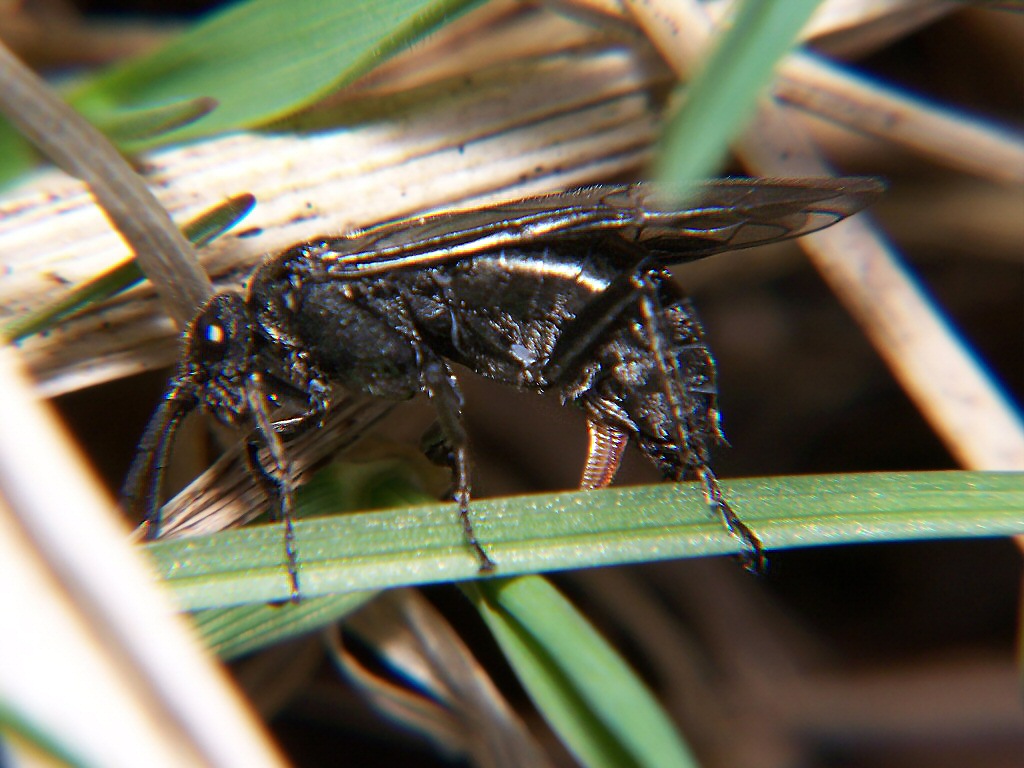|
Xiphydrioidea
Xiphydriidae are a family of wood wasps that includes around 150 species. They are located all over the world including North and South America, Australia, Europe, and others. Xiphydriidae larvae are wood borers in dead trees or branches of a range of trees. They are characterized as having long and skinny necks with dome-shaped heads. The oldest fossils of the group are from the mid Cretaceous. Genera These 29 genera belong to the family Xiphydriidae: * '' Alloxiphia'' Wei, 2002 * '' Austrocyrta'' Riek, 1955 * '' Austroxiphyda'' Jennings, Macdonald, Schiff & Parslow, 2021 * '' Brachyxiphus'' Philippi, 1871 * '' Calexiphyda'' Smith, 2008 * '' Carinoxiphia'' Wei, 1999 * '' Derecyrta'' Smith, 1860 * '' Eoxiphia'' Maa, 1949 * '' Euxiphydria'' Semenov-Tian-Shanskii & Gussakovskii, 1935 * '' Genaxiphia'' Maa, 1949 * '' Gryponeura'' Benson, 1954 * '' Heteroxiphia'' Saini & Singh, 1987 * '' Hyperxiphia'' Maa, 1949 * '' Indoxiphia'' Maa, 1949 * '' Lataxiphyda'' Smith, 2008 * '' Lissoxiph ... [...More Info...] [...Related Items...] OR: [Wikipedia] [Google] [Baidu] |
Wood Wasp
Sawflies are wasp-like insects that are in the suborder Symphyta within the order Hymenoptera, alongside ants, bees, and wasps. The common name comes from the saw-like appearance of the ovipositor, which the females use to cut into the plants where they lay their eggs. The name is associated especially with the Tenthredinoidea, by far the largest superfamily in the suborder, with about 7,000 known species; in the entire suborder, there are 8,000 described species in more than 800 genera. Symphyta is paraphyletic, consisting of several basal groups within the order Hymenoptera, each one rooted inside the previous group, ending with the Apocrita which are not sawflies. The primary distinction between sawflies and the Apocrita – the ants, bees, and wasps – is that the adults lack a "wasp waist", and instead have a broad connection between the abdomen and the thorax. Some sawflies are Batesian mimics of wasps and bees, and the ovipositor can be mistaken for a stinger. ... [...More Info...] [...Related Items...] OR: [Wikipedia] [Google] [Baidu] |
Type Genus
In biological taxonomy, the type genus (''genus typica'') is the genus which defines a biological family and the root of the family name. Zoological nomenclature According to the International Code of Zoological Nomenclature, "The name-bearing type of a nominal family-group taxon is a nominal genus called the 'type genus'; the family-group name is based upon that of the type genus." Any family-group name must have a type genus (and any genus-group name must have a type species, but any species-group name may, but need not, have one or more type specimens). The type genus for a family-group name is also the genus that provided the stem to which was added the ending -idae (for families). :Example: The family name Formicidae has as its type genus the genus ''Formica'' Linnaeus, 1758. Botanical nomenclature In botanical nomenclature, the phrase "type genus" is used, unofficially, as a term of convenience. In the '' ICN'' this phrase has no status. The code uses type specimens ... [...More Info...] [...Related Items...] OR: [Wikipedia] [Google] [Baidu] |
Xiphydria
''Xiphydria'' is a genus of wood wasps belonging to the family Xiphydriidae. This genus is Holarctic The Holarctic realm is a biogeographic realm that comprises the majority of habitats found throughout the continents in the Northern Hemisphere. It corresponds to the floristic Boreal Kingdom. It includes both the Nearctic zoogeographical reg ..., being found in Europe, Asia and North America. Description In ''Xiphydria'', the head has mandibles each with four teeth, 5-segmented maxillary palps, a clypeus with a medial tooth-like projection and antennae with about 20 segments. The pronotum is strongly constricted in dorsal view and the propleuron is long in lateral view (this means the head is positioned on a relatively long "neck"). The hind wing has only two closed cells. Larvae are white and grub-like. They resemble larvae of Siricidae, another wood-boring group of sawflies. Biology Female ''Xiphydria'' oviposit into diseased or dead wood, often branches tha ... [...More Info...] [...Related Items...] OR: [Wikipedia] [Google] [Baidu] |

